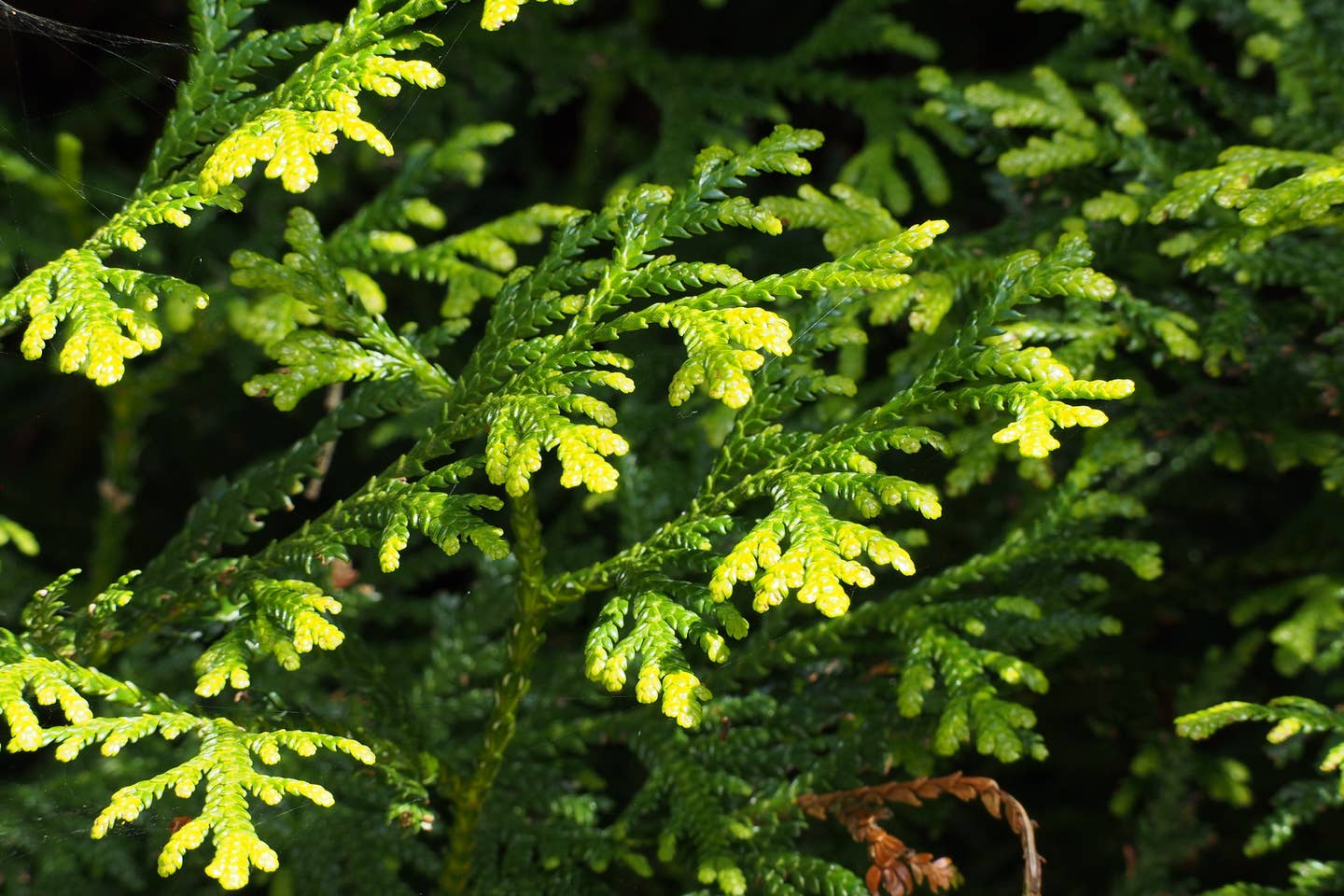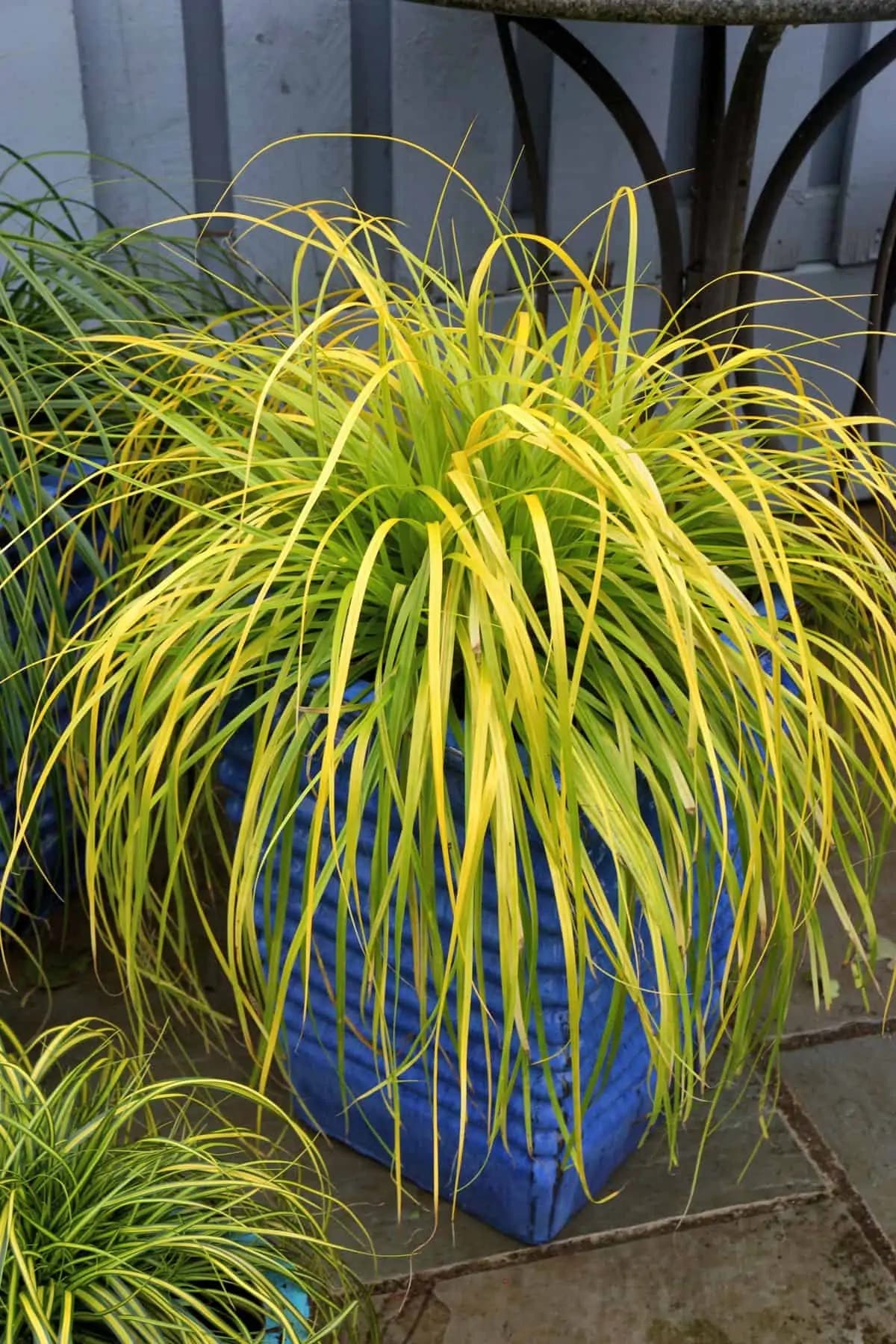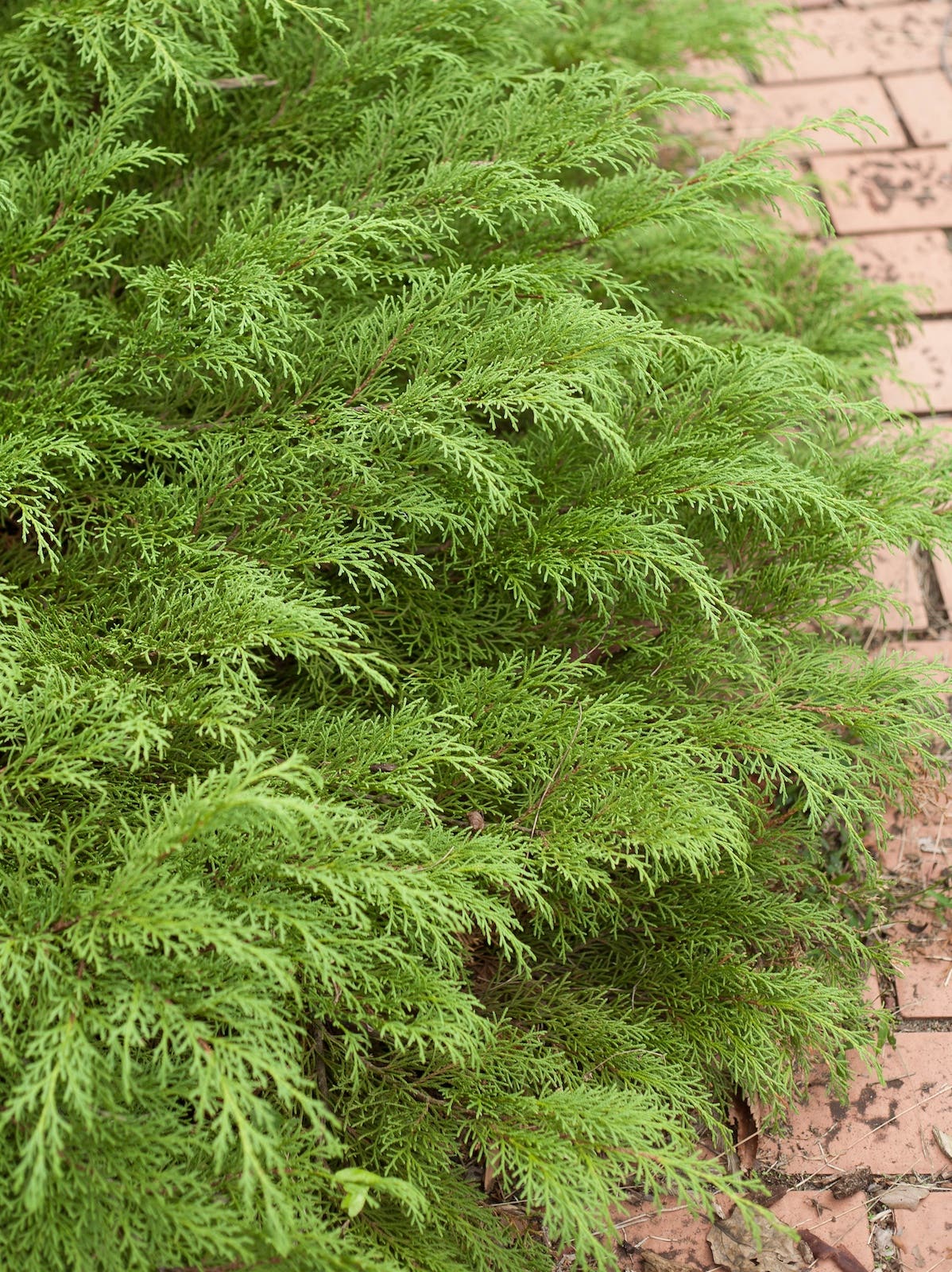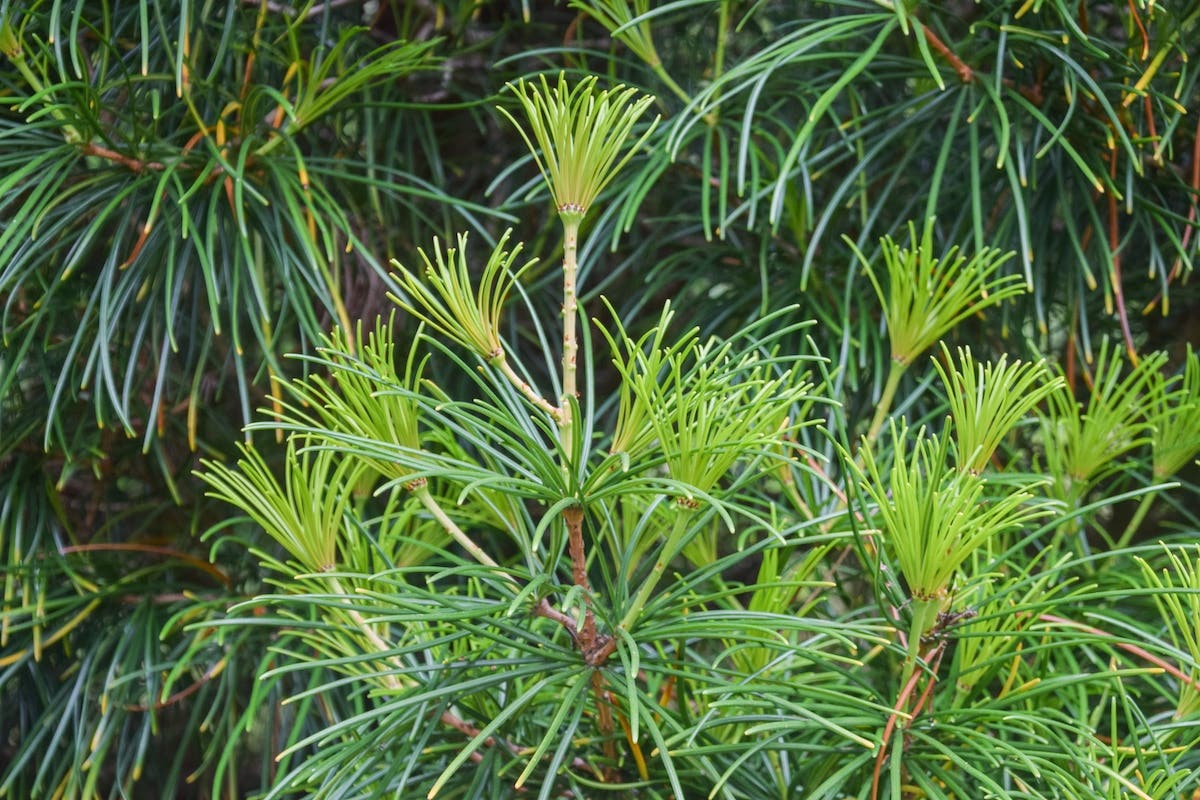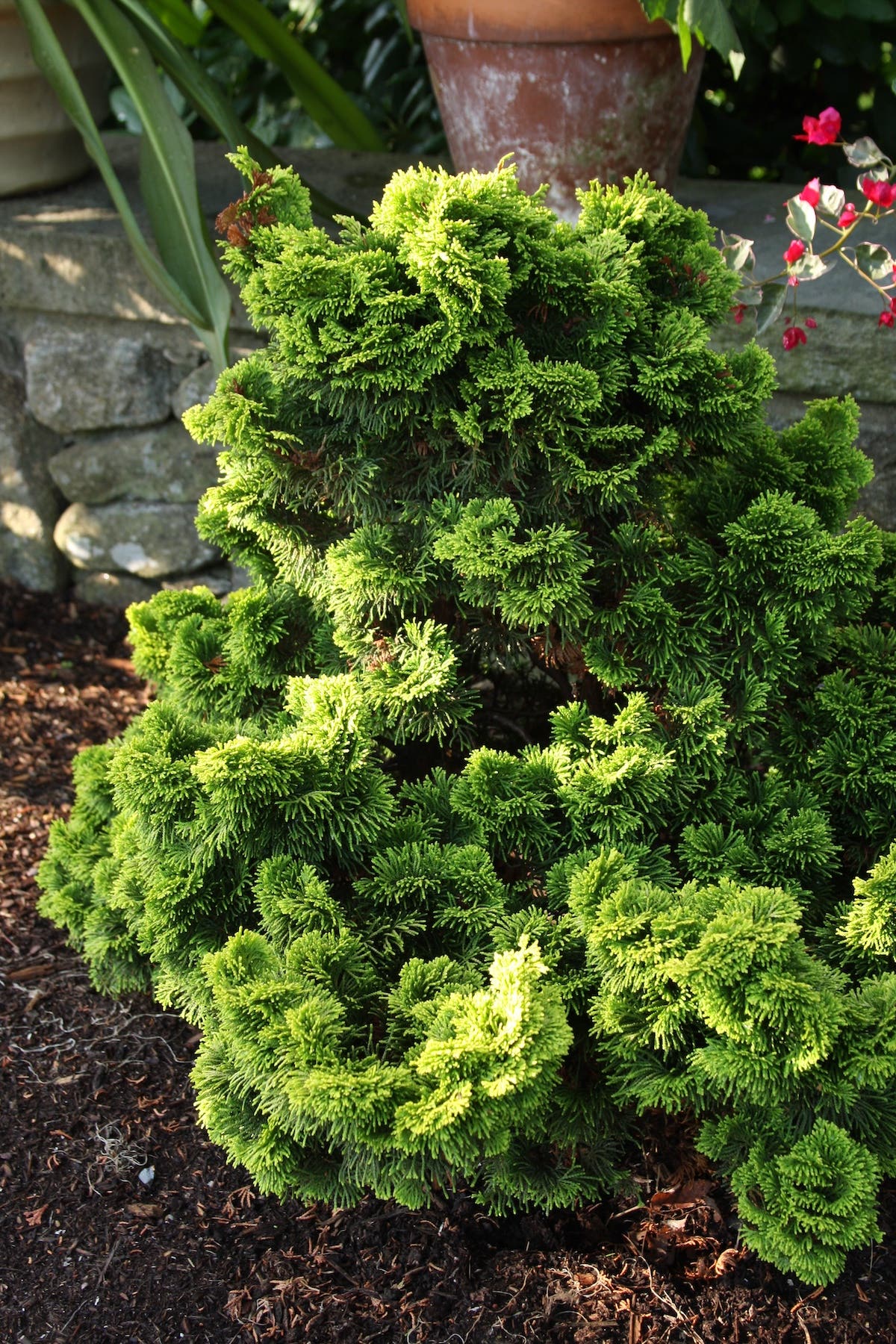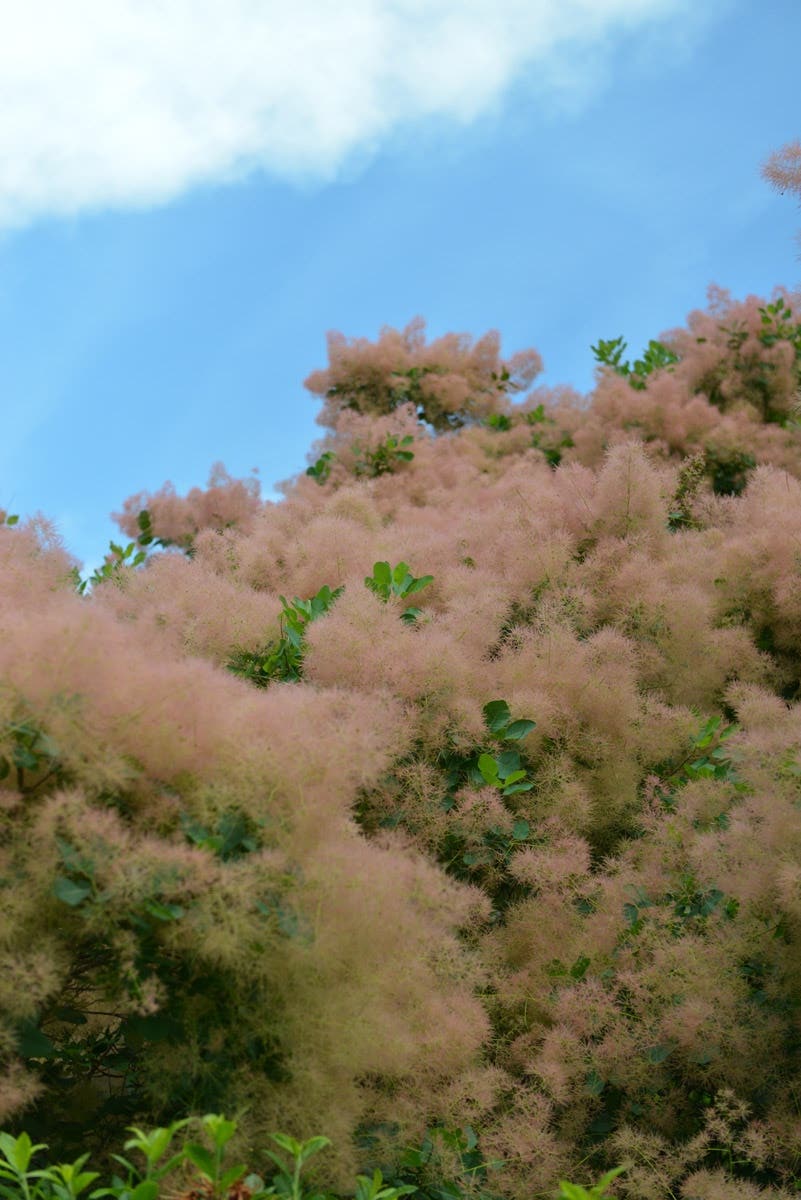‘Forellenschluss’ romaine lettuce
Historically, lettuces of the ancient world were divided into two main camps: the cabbage-headed lettuces, which are of a round, relatively loose-leaved habit, and the cos or romaine lettuces, of a tighter, more conical, and elongated inclination. Said to have originated on the Greek island of Cos (Kos), off the coast of Turkey, romaine lettuces were known to be under cultivation as early as 3000 BC…
Historically, lettuces of the ancient world were divided into two main camps: the cabbage-headed lettuces, which are of a round, relatively loose-leaved habit, and the cos or romaine lettuces, of a tighter, more conical, and elongated inclination. Said to have originated on the Greek island of Cos (Kos), off the coast of Turkey, romaine lettuces were known to be under cultivation as early as 3000 BC. Despite a general belief that the cabbage-headed varieties of Lactuca sativa are physically closer to their wild Asian ancestors (L. scariola), some botanists credit the romaine type with being the oldest form of cultivated lettuce. A famous wall fragment of the third millennium BC portraying Min, Egyptian god of fertility and bounty, shows him in full phallic salute amid a field of stylized yet readily identifiable romaines.
This ancient variety was apparently brought into Italy by way of Turkey. A romaine variety is known to have been introduced into France in the 14th century, and by the early 17th century, romaine had found its way to England, where its current appellation was adopted, rooted in the French for Roman lettuce, laitue Romaine.
By 1623, a whole host of romaine varieties, from light and dark green to red striated, tipped, and spotted, were being described in Europe. 'Forellenschluss', whose name translates to "speckled like a trout" and is alternately called troutback lettuce, is an extremely handsome Austrian heirloom of the red-spotted type. It features bright medium green leaves dappled with lively burgundy splotches, looking for all the world like each head has been spattered with a good red wine. There is also a variety called 'Bunte Forellenschluss', which boasts lighter, more yellowish leaves with the same splendid maroon dapplings. These exceedingly attractive 8- to 12-inch heads are also notable for their delightfully smooth, buttery flavor and for the fact that they hold exceptionally well in the heat.
Lettuces are mainly cool-weather creatures and fairly undemanding in terms of soil and fertilization. Being 98 percent water, they are sensitive beings when it comes to drying out, so do keep them evenly moist, particularly at the seedling stage. In any case, direct sow or plant seedlings out after the danger of frost has passed; re-sow at monthly intervals throughout the summer. You should be harvesting these spectacularly speckled leaves in about 55 days from sowing. Why not enjoy them in a salad a la Caesar?—Excerpted from 75 Exciting Vegetables for Your Garden (Gibbs Smith, 2005) by Jack Staub. The second book in this series, 75 Remarkable Fruit Trees, Plants & Shrubs for Your Garden, is forthcoming.


